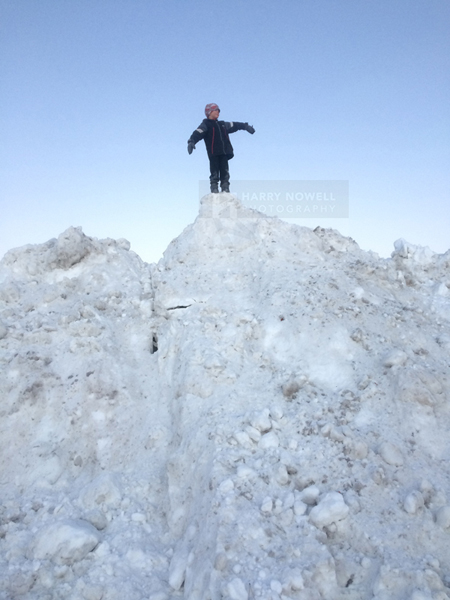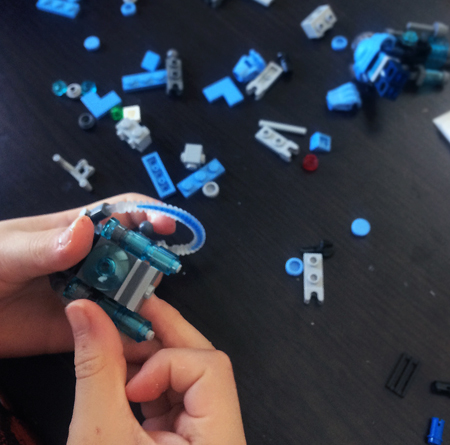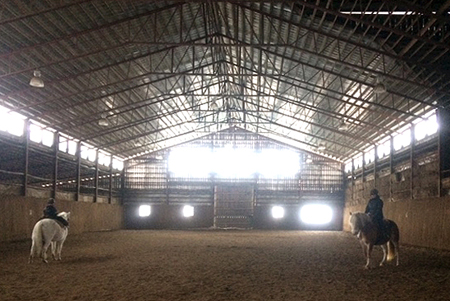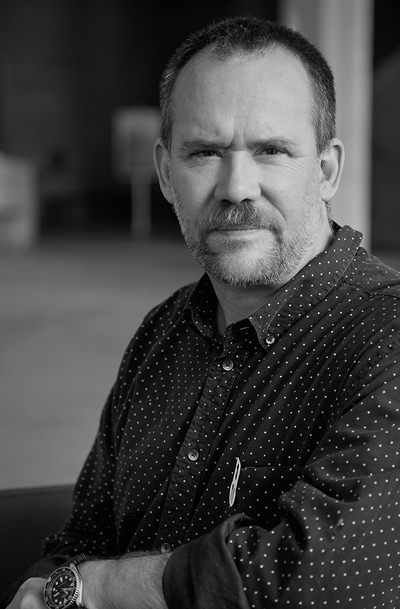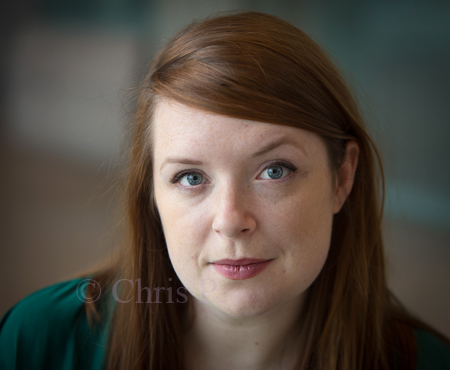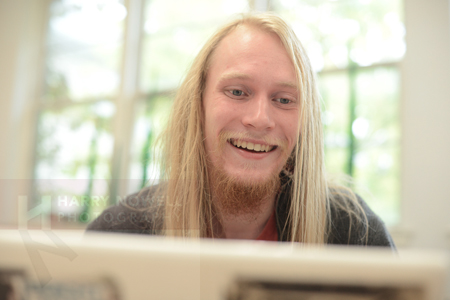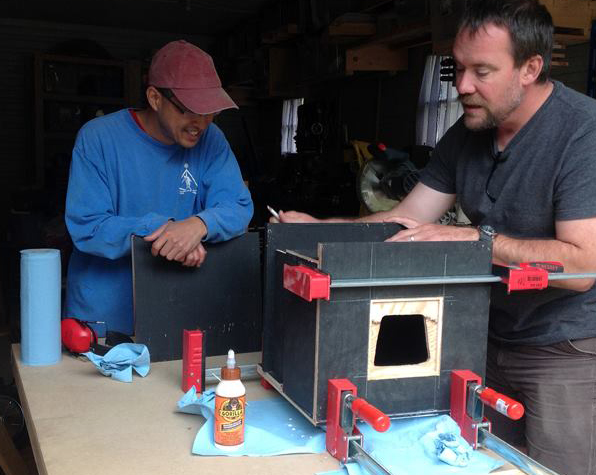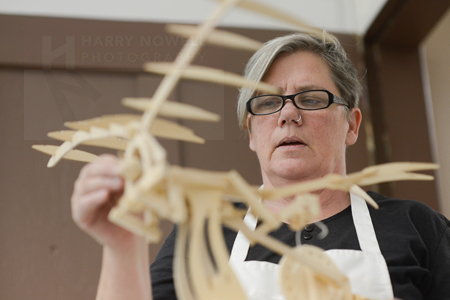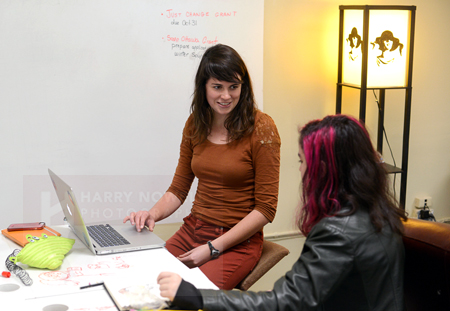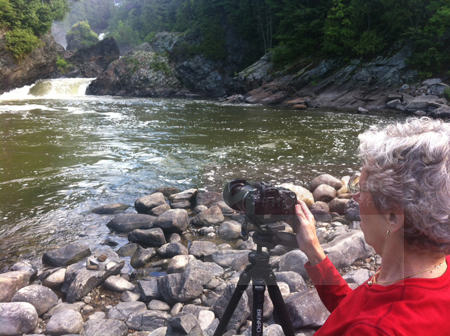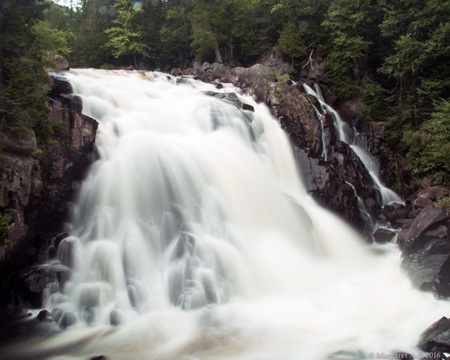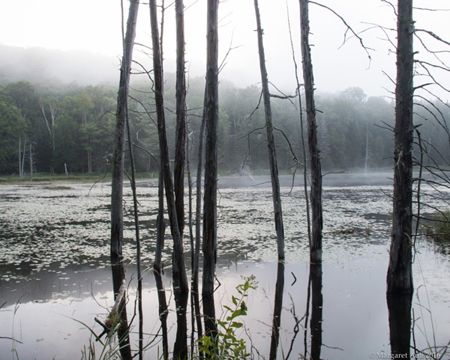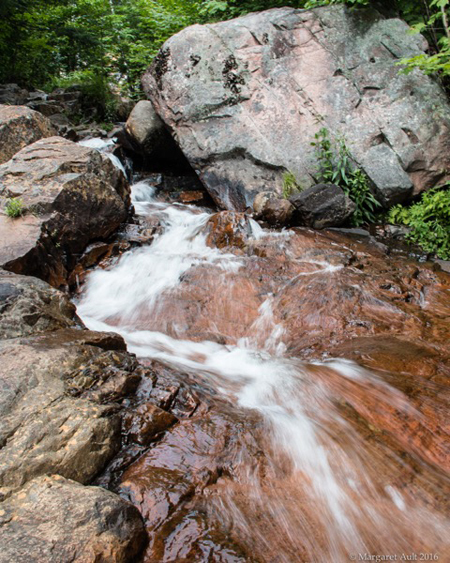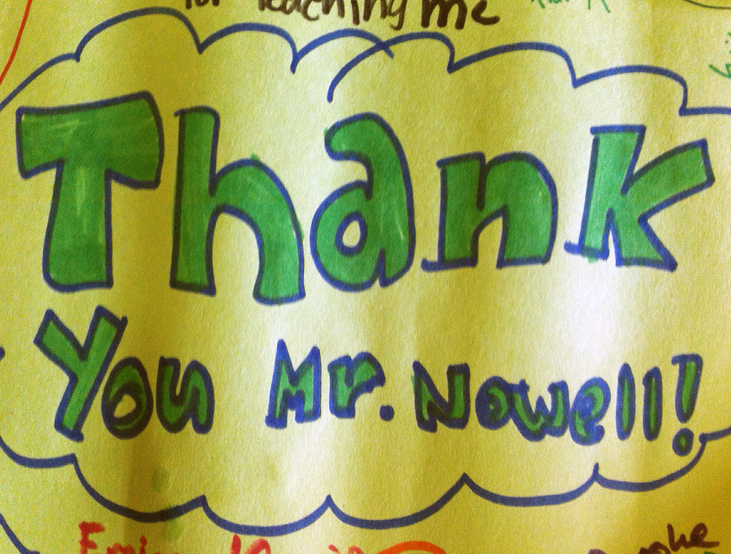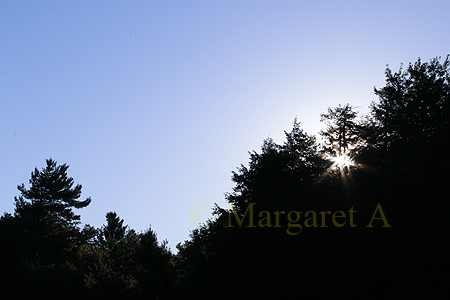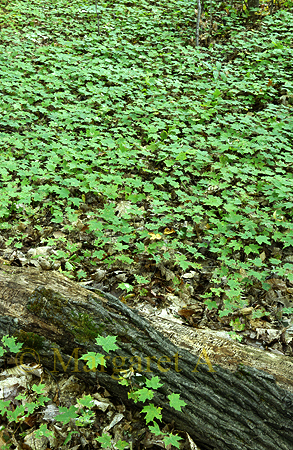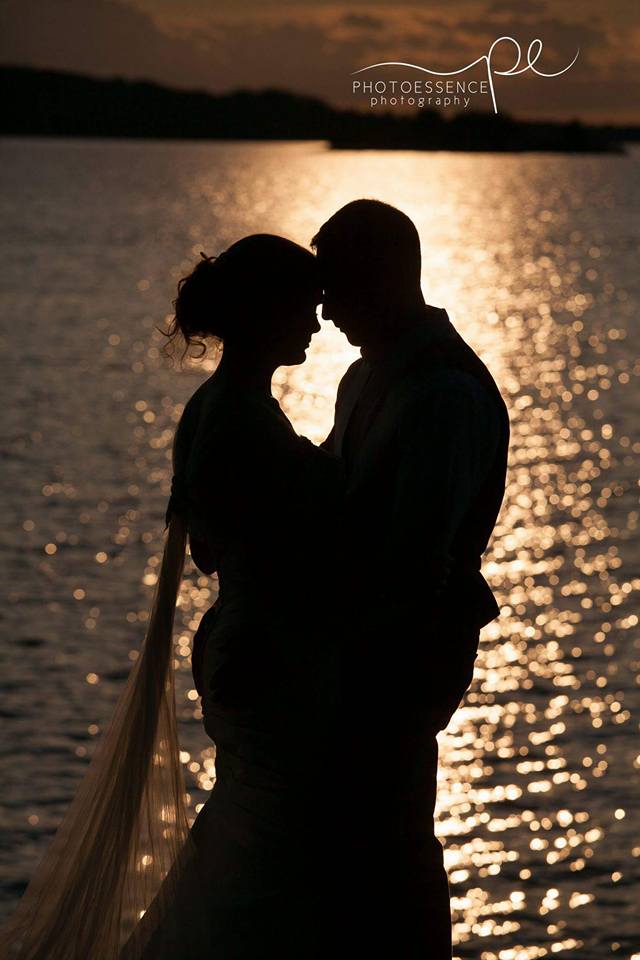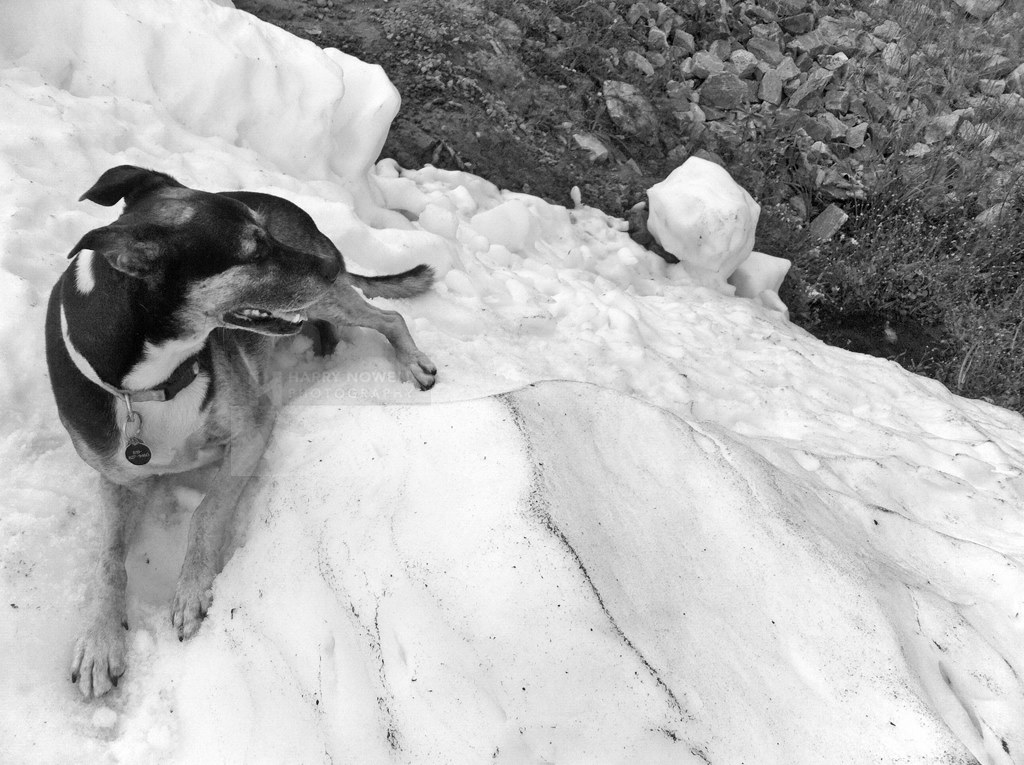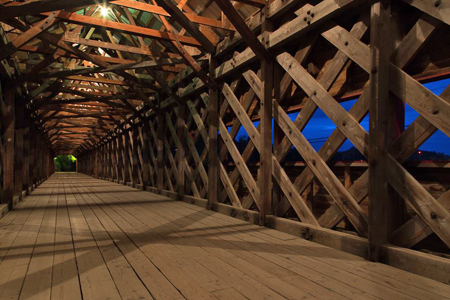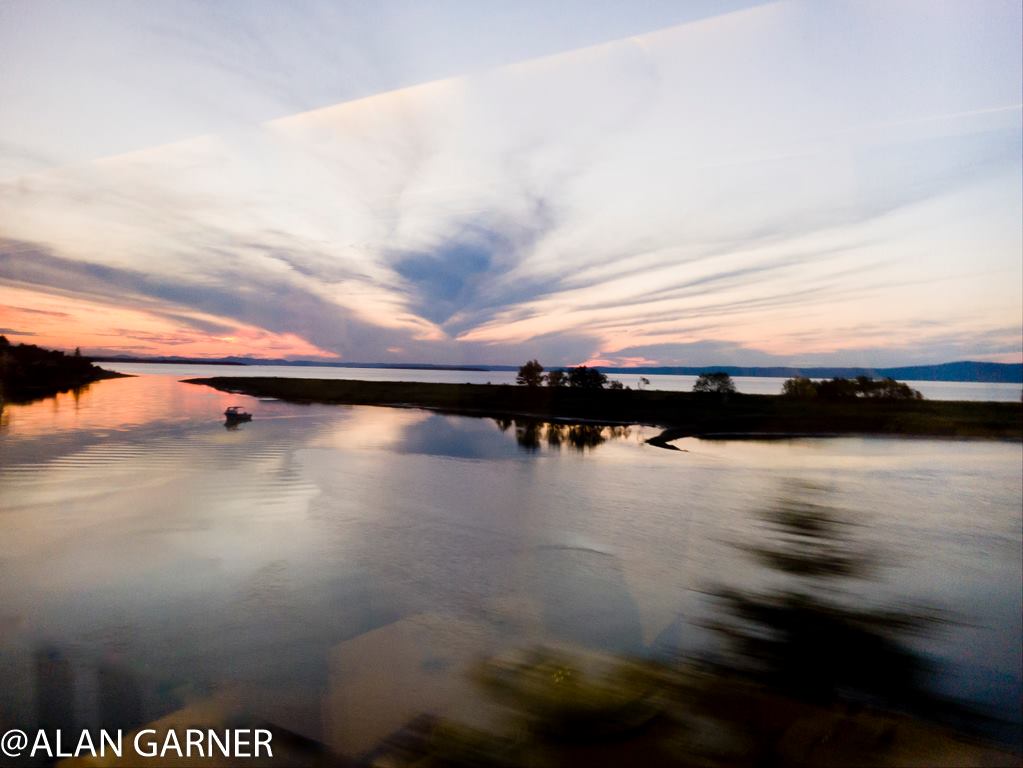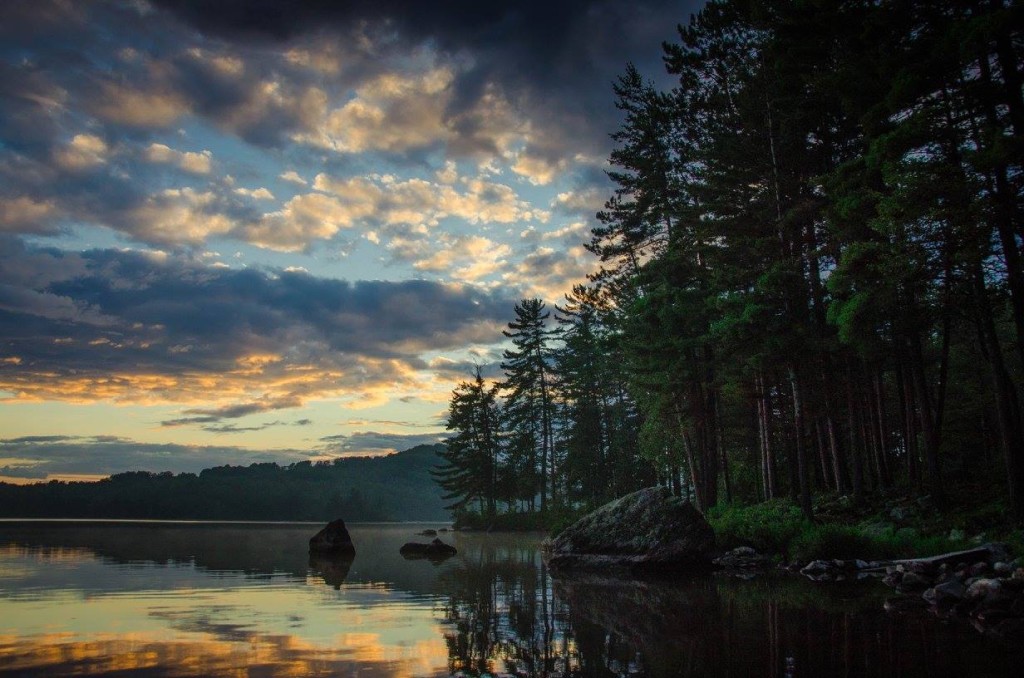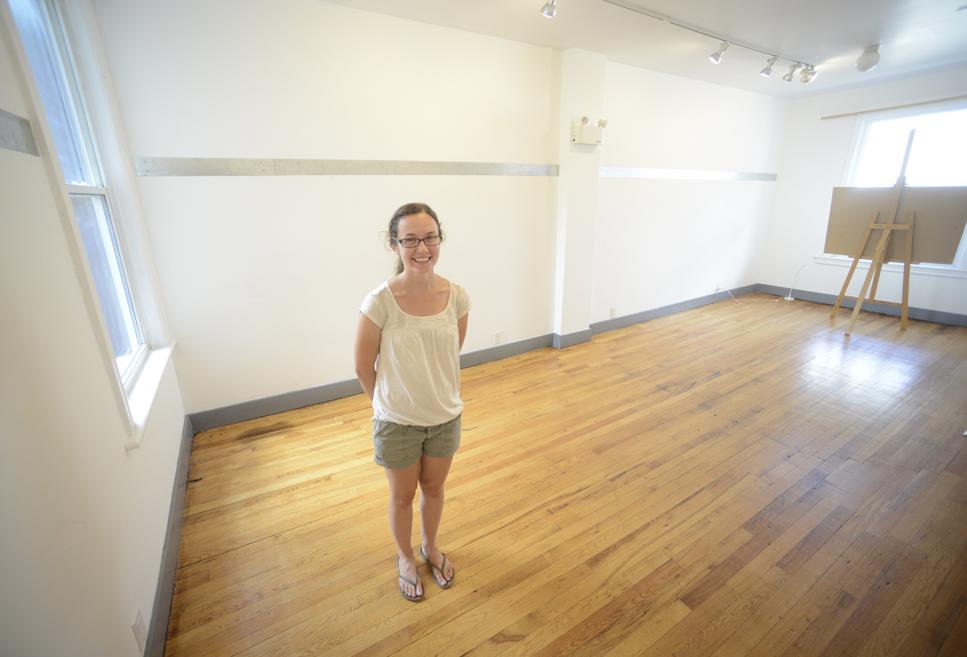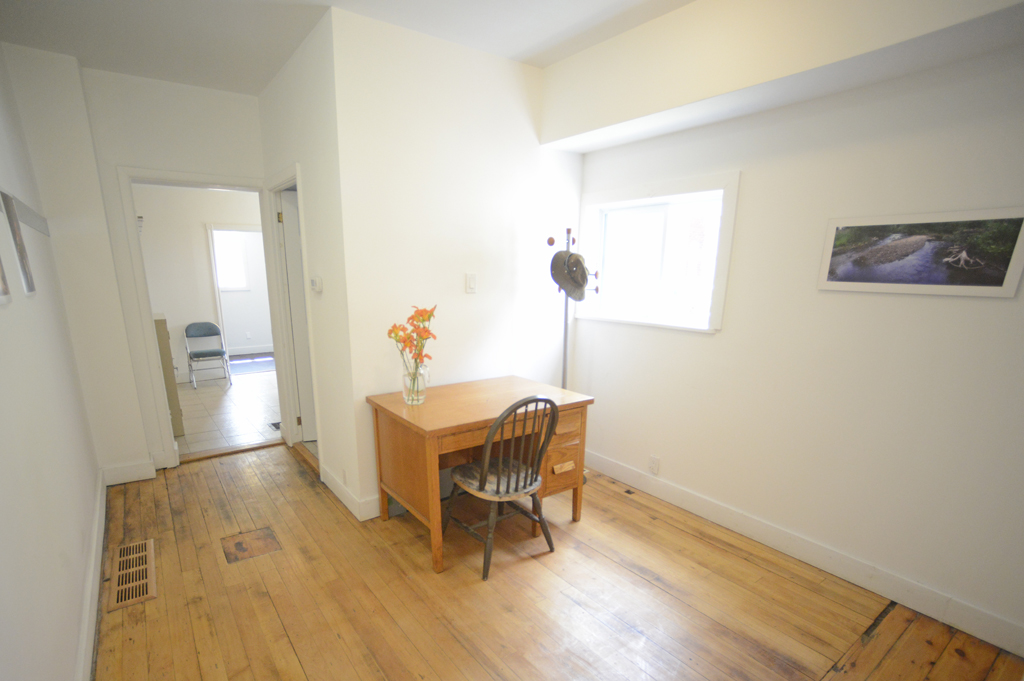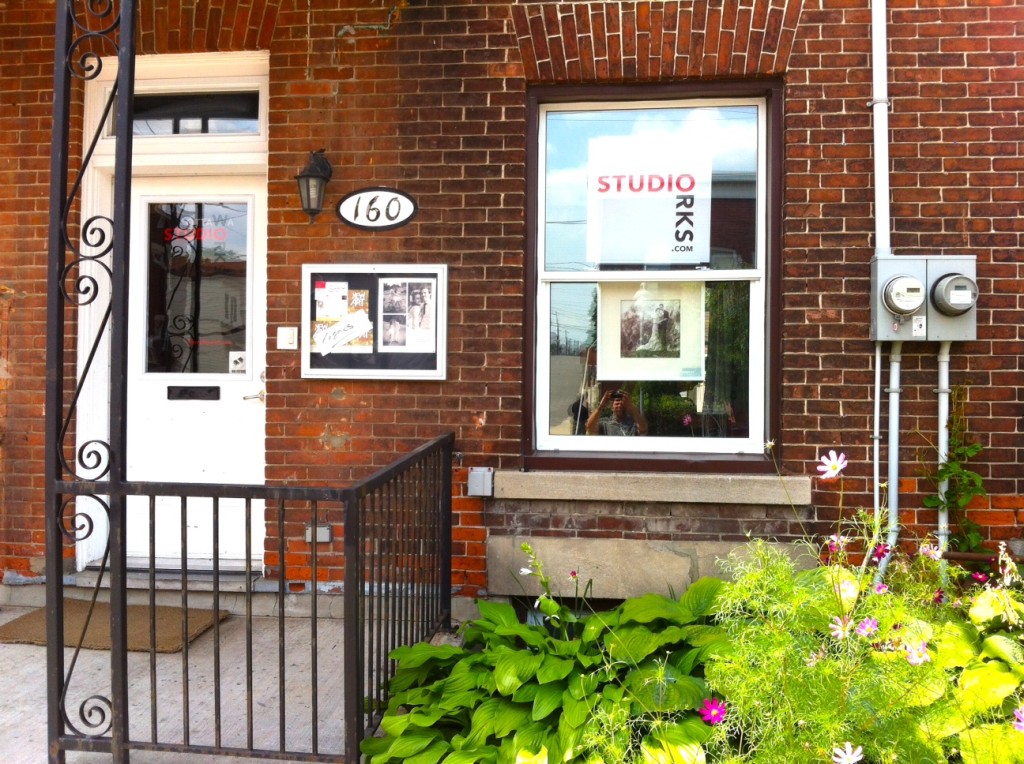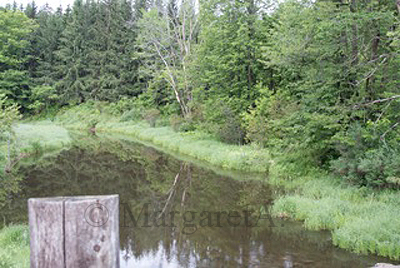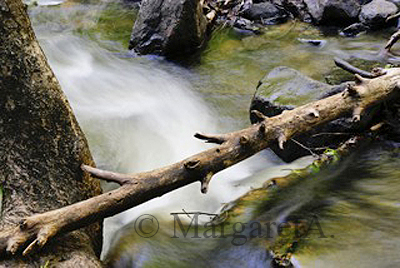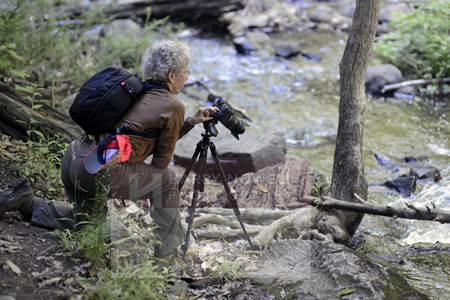I wandered past the school’s library recently and noticed a young boy happily consuming dinosaur knowledge (and practicing his literacy skills.)
It was an idyllic picture of traditional learning… except that he had snuck out of class to do so.
Public School and Forest School
Many know I have been teaching something most of my life and that I currently work as a teacher in a public school board and a Forest School. My passions belong to the development of youth – kinders to Grade 6 – as they develop their foundational elements (see Maslow’s foundational levels) that support academic and/or technical skills… and life.
Which is how I have found myself with a foot in both public school and Forest School.
Public School Love
I love the resources available within public schools including experts, funds, policies, and large quantities of people and students percolating to support as many youth as possible.
Forest School Love
I love the pedagogical ideas behind Forest School – specifically the Emergent Education Theory, or, less grandiosely, learner-led learning (LLL.)
Learner led learning allows students to follow their interests and puts the onus on the teacher to build balanced curriculum around the students’ curiosity.
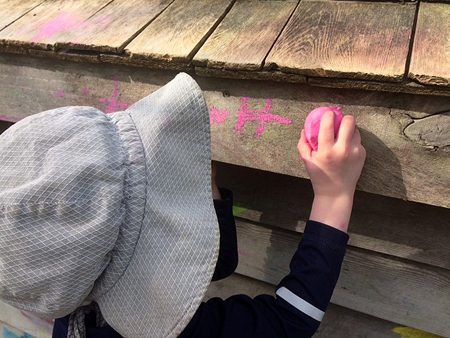
Learner led learning at Chelsea Forest School.
Bring the two ideas (LLL and Public School) together and you have magic.
Remember the dinosaur-reading boy in the school library?
He exhibited idyllic student behaviours – quiet concentration, independent, engaged learning. His behaviour was vastly different when he was expected to engage in a lesson in which he had little interest! In the library, he chose the learner led approach within a school board.
Managing LLL for the masses is no easy task, though. Answering to the individual desires and needs of millions of youth while addressing the data driven expectations of ministries of education and government benchmarks is no small feat.
But, it is possible.
A first step is recognizing that all people are different, learn at different paces and want to learn different things.
A friend’s son struggled at school. He has dyslexia. His school squeezed him into set avenues of learning and support which went poorly. All that interested him were cars – Volvos, specifically.
His mom planted the seeds for his literacy and math development through car manuals, car magazines, Volvo books. He learned traditional academic skills through his passion for cars. What does he do now? He’s a leading Master Volvo mechanic with a happy, fulfilling life. That’s learner led learning in action.
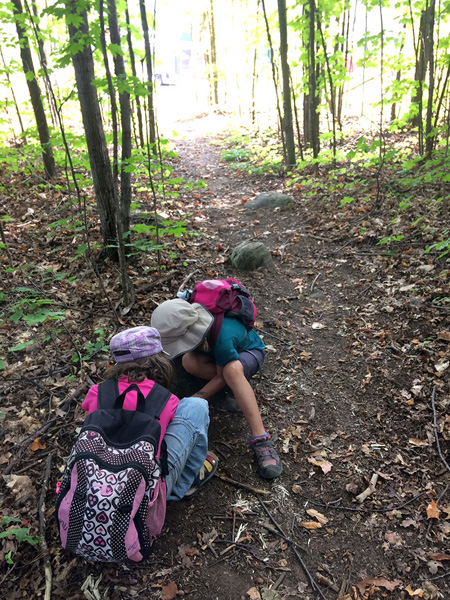
Learner Led Learning at Chelsea Forest School – these students were mesmerized by what they found beside the trail. They were captivated (and learning)!
Within the last couple of years I worked regularly with a tough class in a public school board – they pushed my skills. Every lesson was challenging. I dreaded gym class because there were volatile students who could make the learning environment challenging for all.
One day, I came to gym with the prescribed lesson – protests started. I took a deep breath and turned the tables. “What do you want to do!?”
Students shared their ideas. Quickly, the gym transformed into a hub of four activities that students chose to join as they wished. I took a step back and watched. It didn’t follow the plans and I had to work backwards to see how it fit the prescribed curriculum… but all were engaged, smiling… and learning. It was one of the best learning environments I witnessed with the students. They had helped shape their learning environment.
The learners in these scenarios led their own learning with positive results. Good news for all.
Forward steps!
Ottawa Forest and Nature school launched a program to bring Forest School to the Ottawa Carleton District School Board. Select elementary classrooms were selected to go to Forest School one day a week for six weeks.
The effect? Positive. I asked Karen, a Kindergarten teacher whose class were involved in the Forest School program. One of the benefits she noticed was increased creativity in her classroom.
Chelsea Forest School offers a School Day Program where students spend one day per week at Forest School to complement their traditional school. One observation – students who struggle at traditional school often blossom in the hands-on, learner led environment. Why? They learn in an active, kinesthetic way with a different mindset – students are encouraged to follow their passions.
I’d like to see the collaboration continue between the ideas of Forest School and public schools. The tide is slowly turning as people see the benefits, strengths and collaborative potential of public schools and alternative pedagogical principles like Forest School’s learner led learning.

